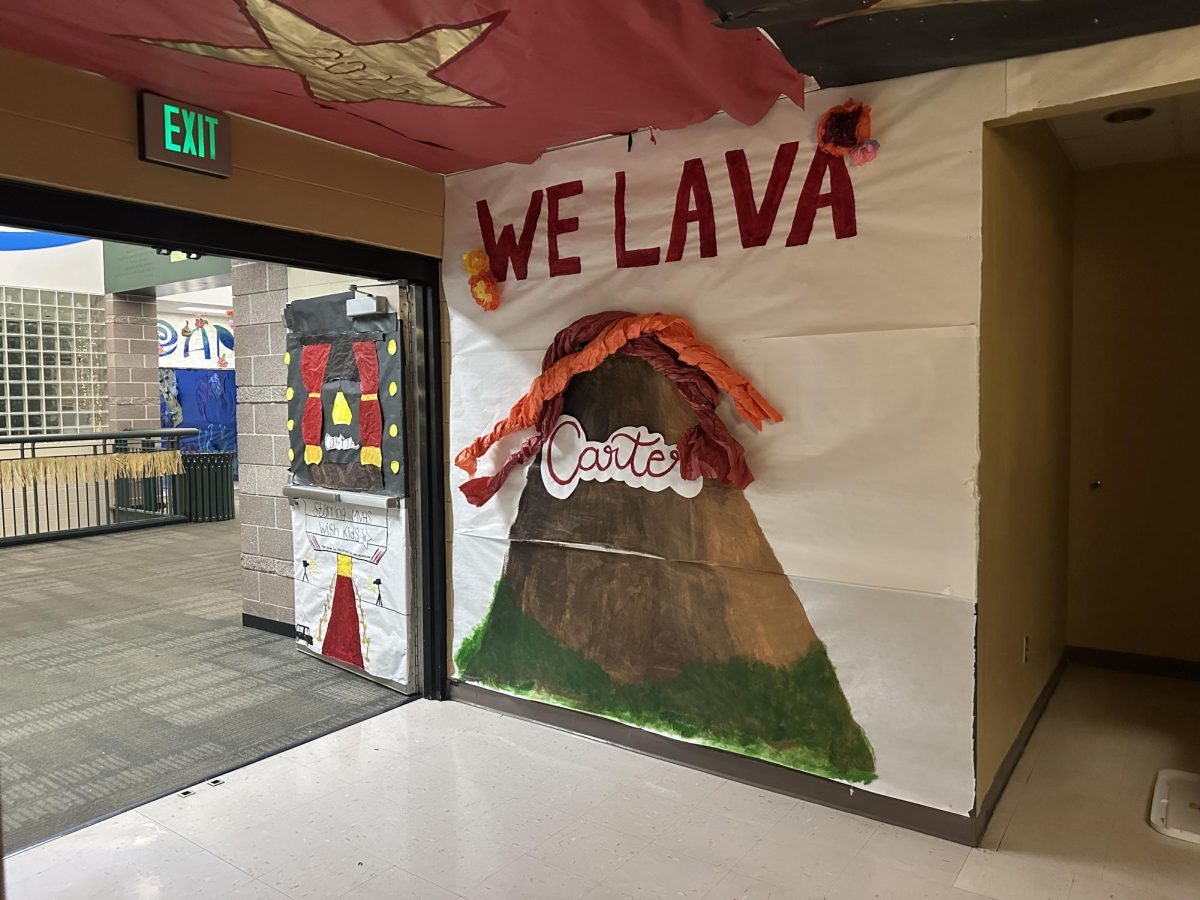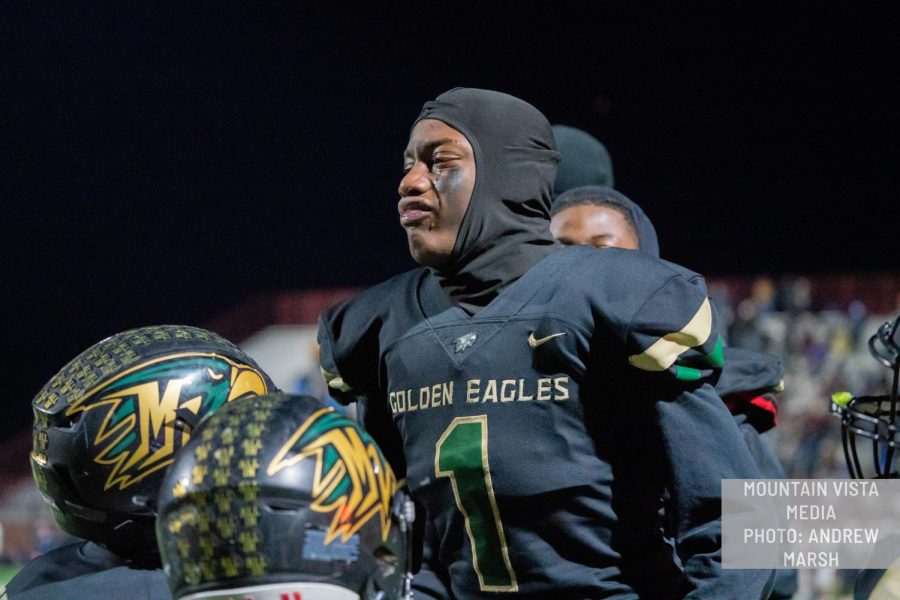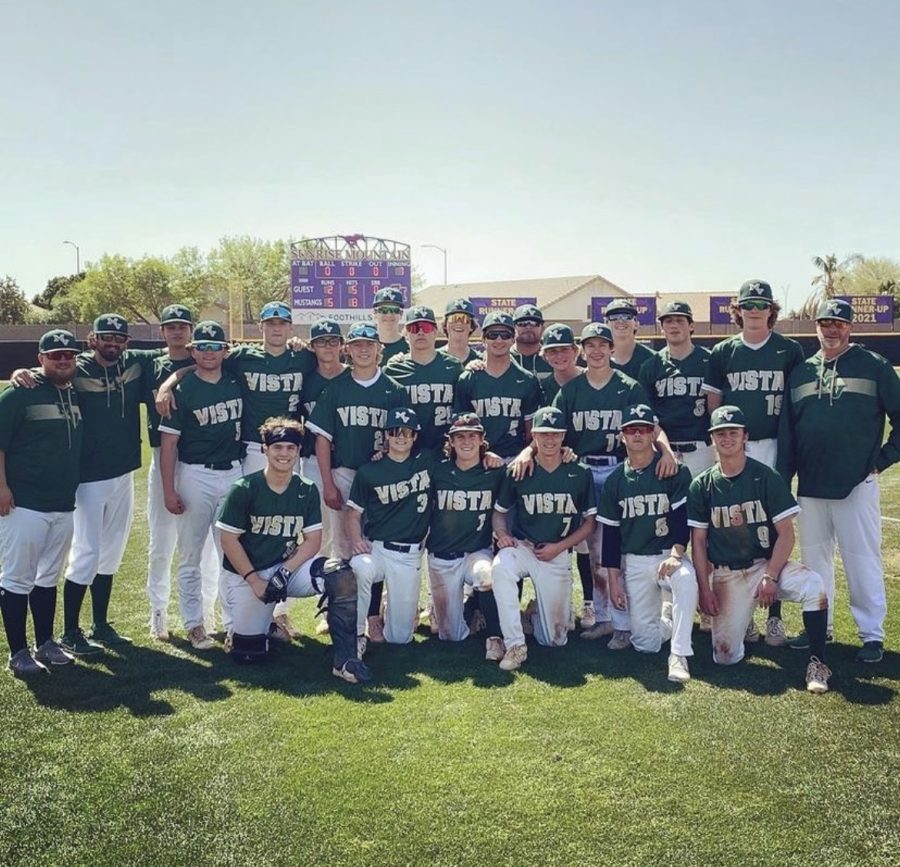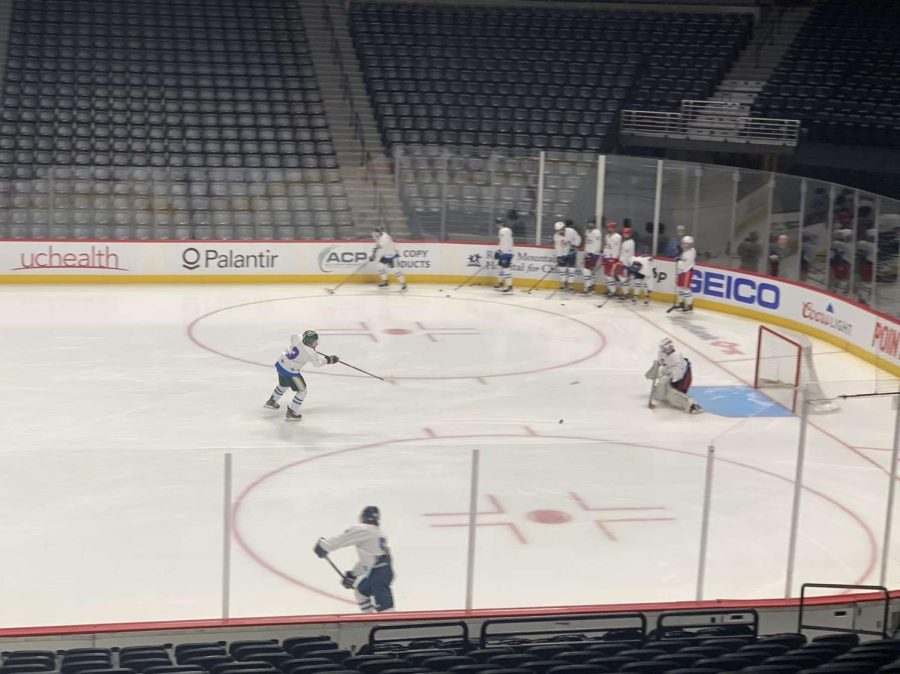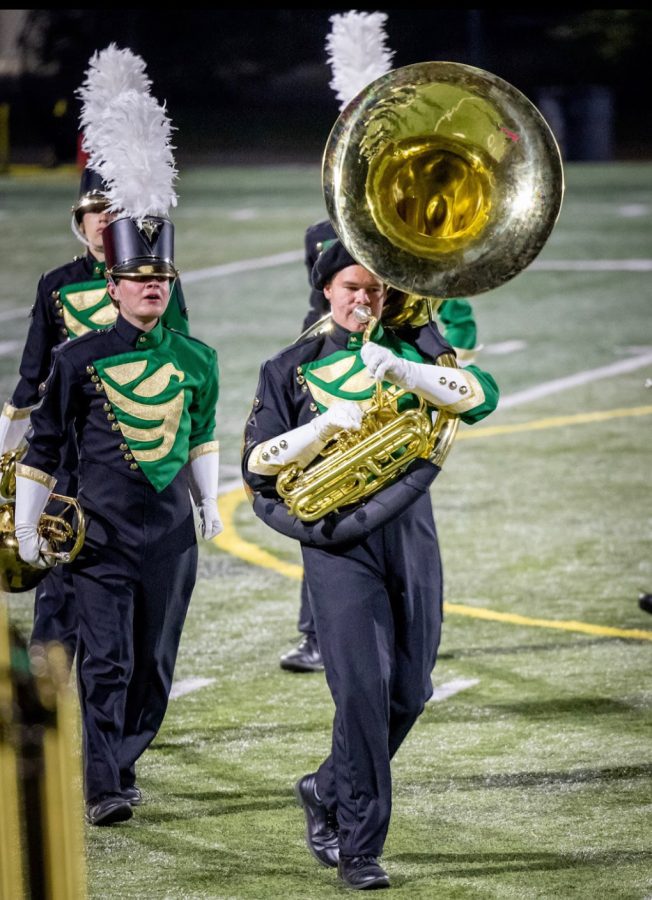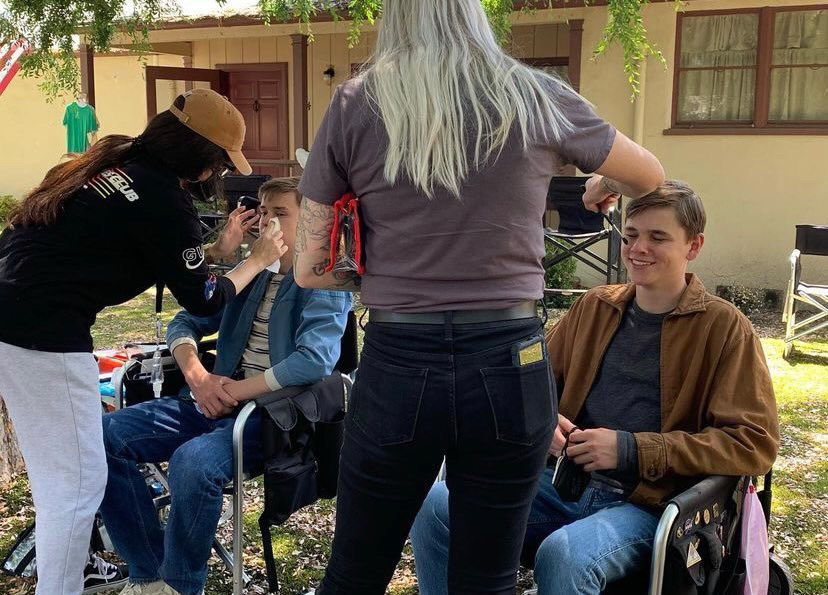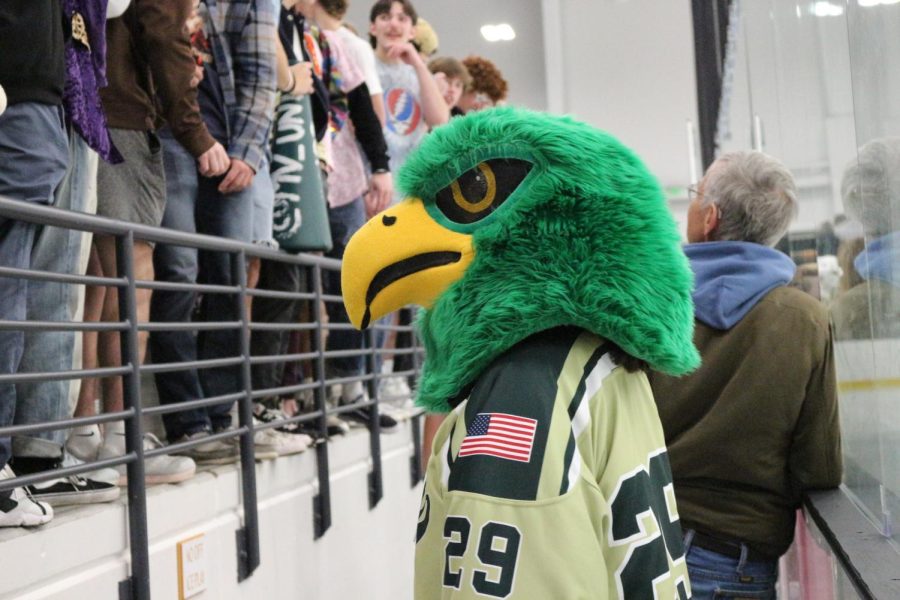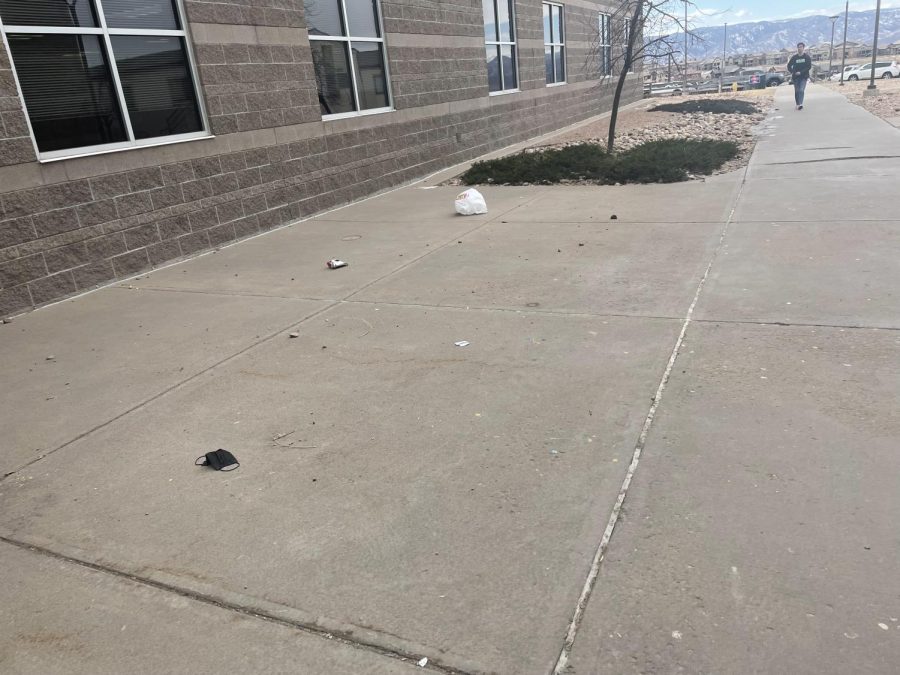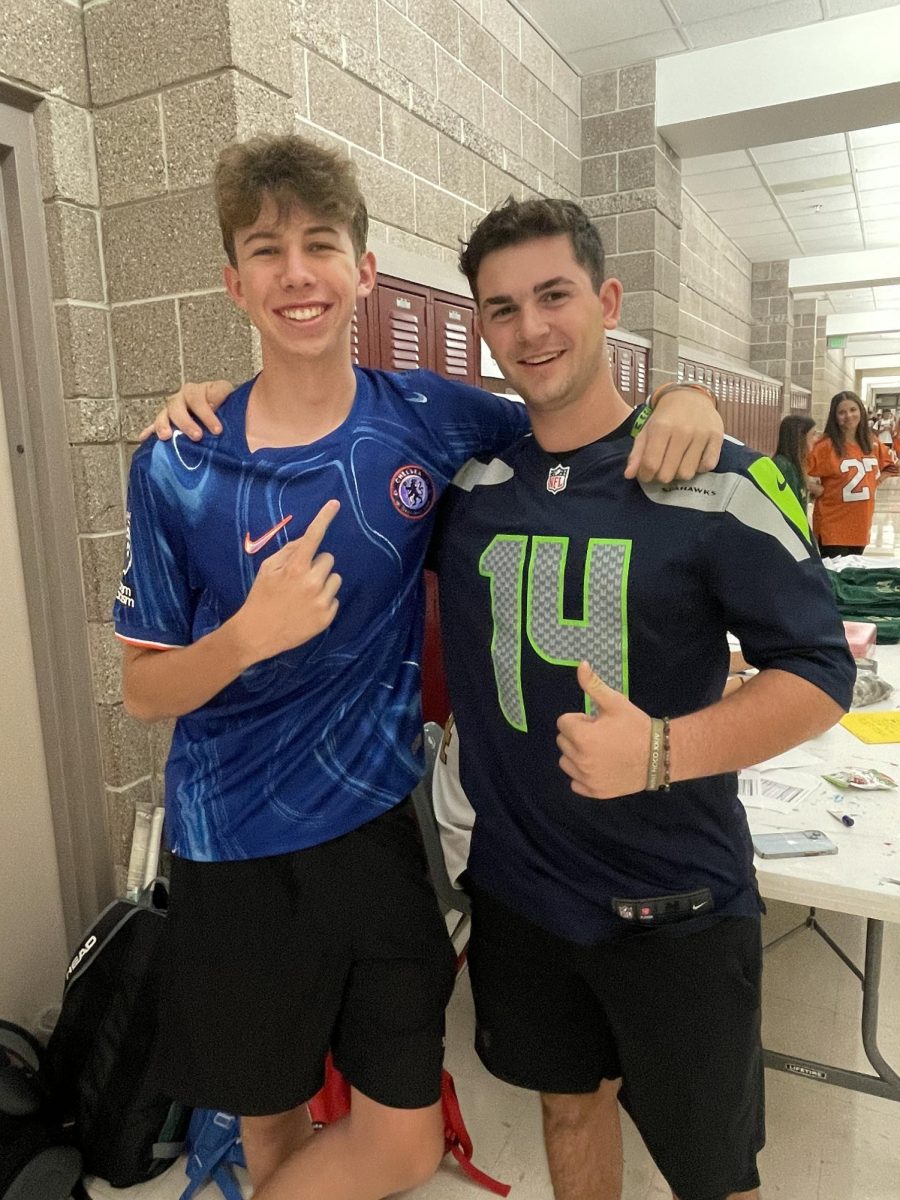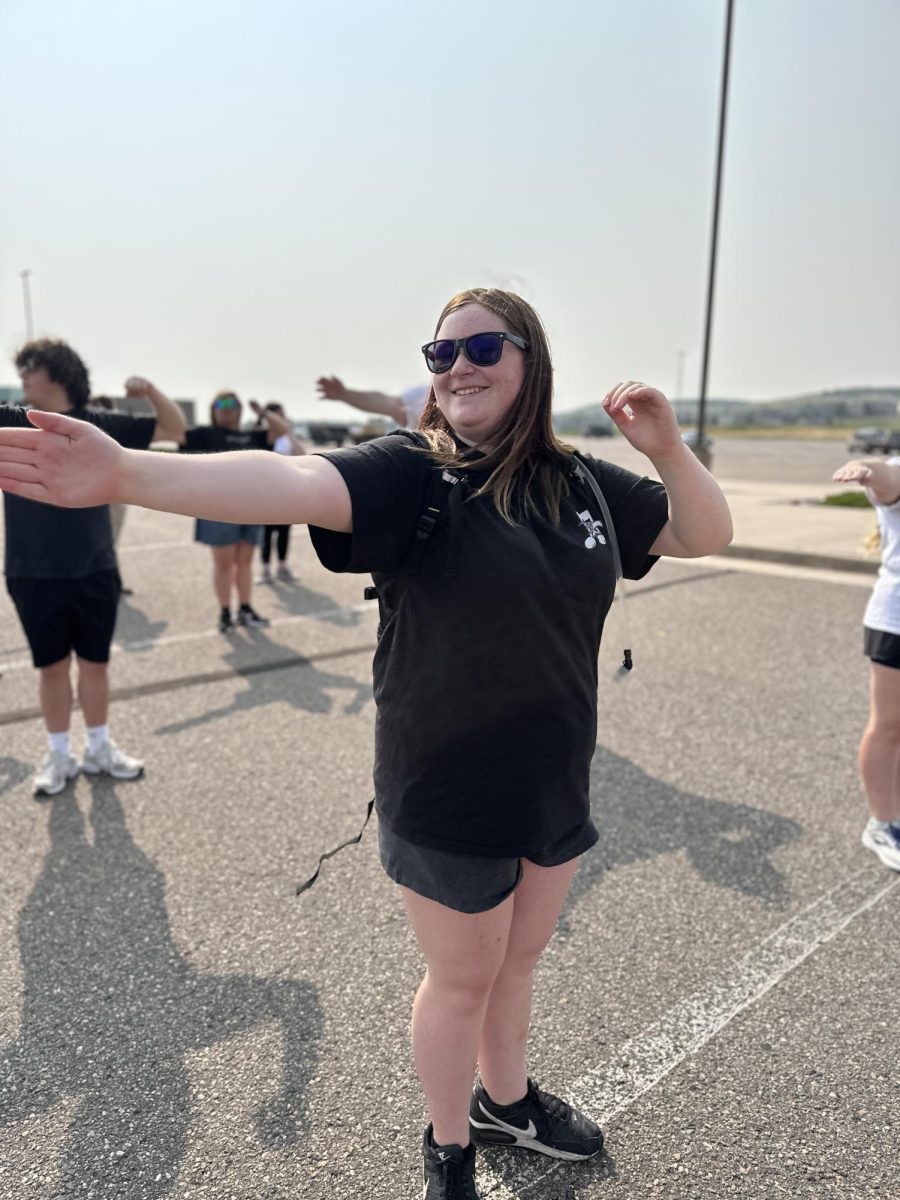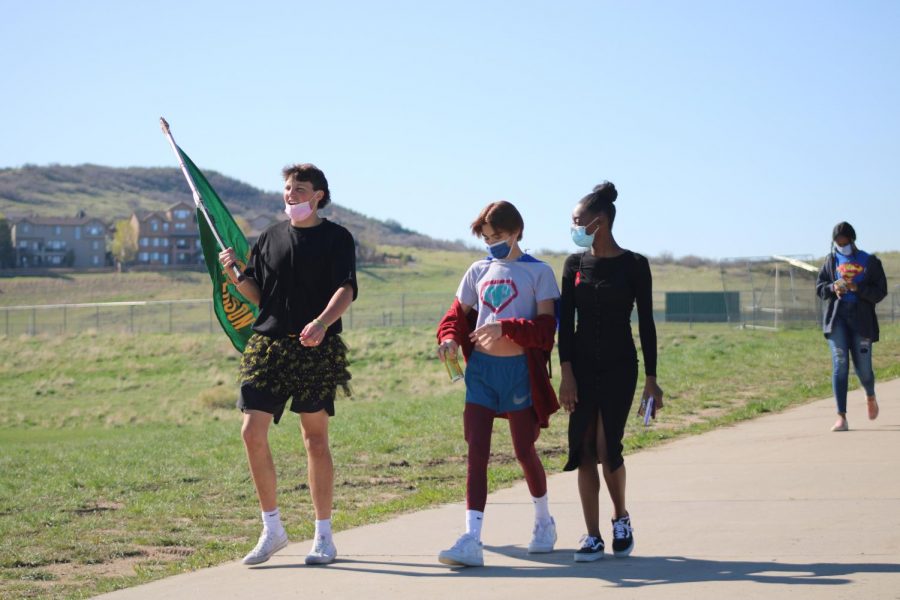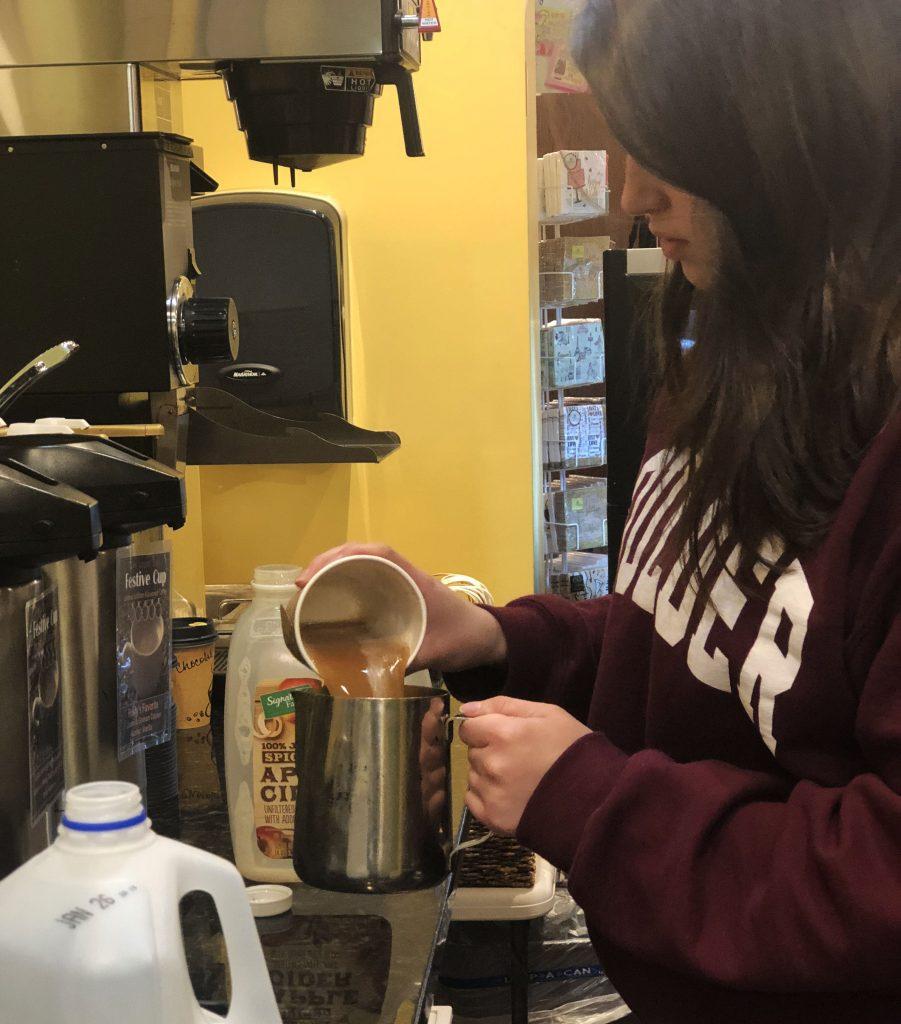GABE BARNARD
Students in Lori Schwendeman’s Aquatic Biology class dissected dogfish sharks, each groups varying degrees of success.
Senior Trey Boeyink and his group found the experience intriguing and different. They were determined to see everything they could.
“[The dissection] was cool. It was a new experience,” Boeyink said. “I got to learn something new.”
On the other hand, some groups struggled to make it past the gross aspects of dissecting an aquatic animal. Senior Brooke Thomas barely started the process before she and her group decided that they would not be participating in the dissection.
“We first started out and pulled the shark out of the tank and flipped it over. Then we [cut] an eye shape on the stomach and pulled it out,” Thomas said. “Once we did that we pulled out the lungs and everything and then my group gave up because it was disgusting.”
The smell that came from the shark proved too overpowering for the group, and Thomas was bothered by the fact that removing a shark’s lungs felt too similar to doing the same with the lungs of a human.
For those who were able to make it through, the project helped to teach them about the shark anatomy.
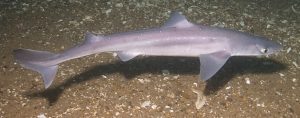 “The most interesting part was probably how we could still see what the shark had eaten before it was killed because it wasn’t something that I would really have thought about going into a dissection,” Boeyink said.
“The most interesting part was probably how we could still see what the shark had eaten before it was killed because it wasn’t something that I would really have thought about going into a dissection,” Boeyink said.
The day before the dissection, students were given an advantage for they practiced identifying the organs and body parts of the dogfish sharks. As a result of this, at least for the groups that were able to make it far enough, identifying the parts of the shark were simple.
On the more difficult side was getting to the examining stage because in the way of the organs was the very strong and rigid skin that is common in many sharks.
“The hardest part was cutting through the tough skin [on the shark], it took us quite a bit of time to get through it,” Boeyink said.
Whether or not the groups made it through the entire process of the dissection all depended on their mental state. For some, the smell and sights were too much to continue, but for those that did, the procedure was a good way to demonstrate what they had learned as a culmination of this year’s information.



